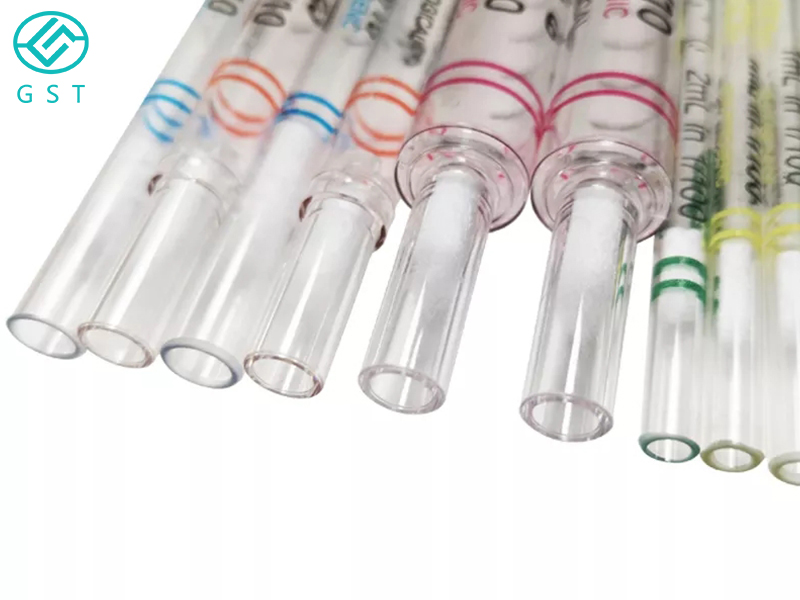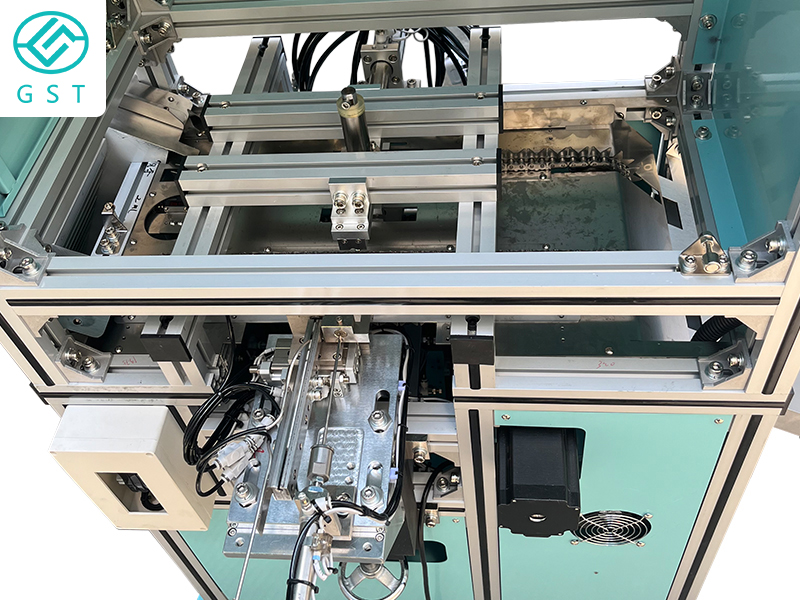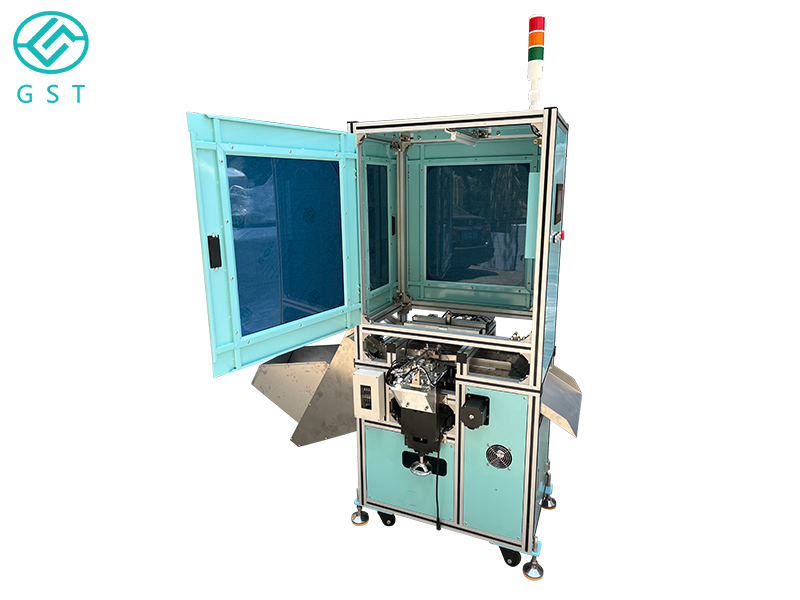Release Date:2022-09-13 11:11:37 Popularity:
The basic debugging skills of any machinery including non-standard automation equipment are "horizontal, vertical and concentric". First of all, no matter debugging any product, we must understand its characteristics and customer's technical requirements. Below, Guanshentai Technology will introduce some common debugging techniques to you.

1. Understand product characteristics (including appearance, size, tolerance, structure, process, etc.).
2. Wipe the parts (including standard parts and non-standard processing parts) clean, pick out the core parts, and start assembly and debugging from the core parts. During the assembly process, the accuracy of measuring the installed parts should be checked to ensure the horizontal, vertical and concentricity problems.
3. For the single-cylinder push-pull or lift part, it should be ensured that the pull should be in place, the push should be in place, and there should be no abnormal resistance.
4. Rotating part: The balance, verticality and concentricity of the rotating part should be ensured. In order to achieve the accuracy of swing arm and indexing.
5. Pins and card grooves: The places with pin holes and card grooves should be wiped clean, and appropriate pins should be selected (the hardness of the pin material should be above 58 degrees), and the positioning should be carried out. ;The precision of the card slot should be controlled within 0.02 to ensure the precision in the secondary assembly, and the interior needs to be polished to prevent the product from being scratched and scratched.

6. Feeding: Most of the forehearth of the feeding part depends on the product, and the tolerance zone is about 0.1. It can ensure that the product is unobstructed when passing through the forehearth. The feeding direction of the forehearth parts and the chamfering angle of the connecting place shall be 0.2*30 degrees as the standard, and the specific situation depends on the product.
7. Lead screw and slide rail: Special attention should be paid to the nut and slide rail during assembly. Do not slide out of the lead screw and slide rail to prevent the balls from falling out and causing the product to be scrapped or affecting the accuracy. Assemble after ensuring the parallelism, perpendicularity and concentricity of the parts during assembly. In order to prevent unqualified parts from fixing and deforming the screw rod and slide rail during assembly, resulting in scrapping.
8. Speed adjustment of the valve: The speed of the valve should be in the best state at the speed that just moves the product away without affecting the production efficiency. If the valve speed is too fast, it will vibrate or shake the product; if it is too slow, it will reduce the production efficiency. (Note that we usually use the exhaust throttle valve)
9. Adjustment and troubleshooting of common components: magnetic switch (often called sensor), cylinder induction is divided into front and rear. The front sensor should be pushed to the front end of the cylinder, and the cylinder stroke should also be at the front end. At this time, the sensor should be in a light-off state, and it is appropriate to push the sensor backward from the front end until it is just on. The method of adjusting the aftereffect is the same as above. The optical fiber is adjusted according to the specifications of different brands. The operation is different but the principle is the same. Pay attention to the difference between the reflection fiber and the opposite-radiation fiber.
10. Vibration plate and direct vibration: The vibration plate and direct vibration are divided into two parts: the vibration part and the control part. The vibration part is mainly a vibration magnet, and the control part is a vibration controller. There are power switch buttons, and voltage and frequency buttons on the controller. If the vibration frequency is too large, the product will vibrate or move back; if the vibration is too small, the product will move slightly or not move. If the vibration frequency and voltage are adjusted to the maximum, the vibrating plate or the direct vibration still shakes slightly, you should check whether the gap between the electromagnets or the steel sheet is loose or broken. The most suitable gap between the electromagnets is 0.5-1mm. Adjust as appropriate.

The above are some simple debugging skills. When assembling non-standard automation equipment, reasonable and flexible use of these skills can help you quickly and successfully debug. Improve the economic efficiency of enterprises and reduce the production cost of equipment.